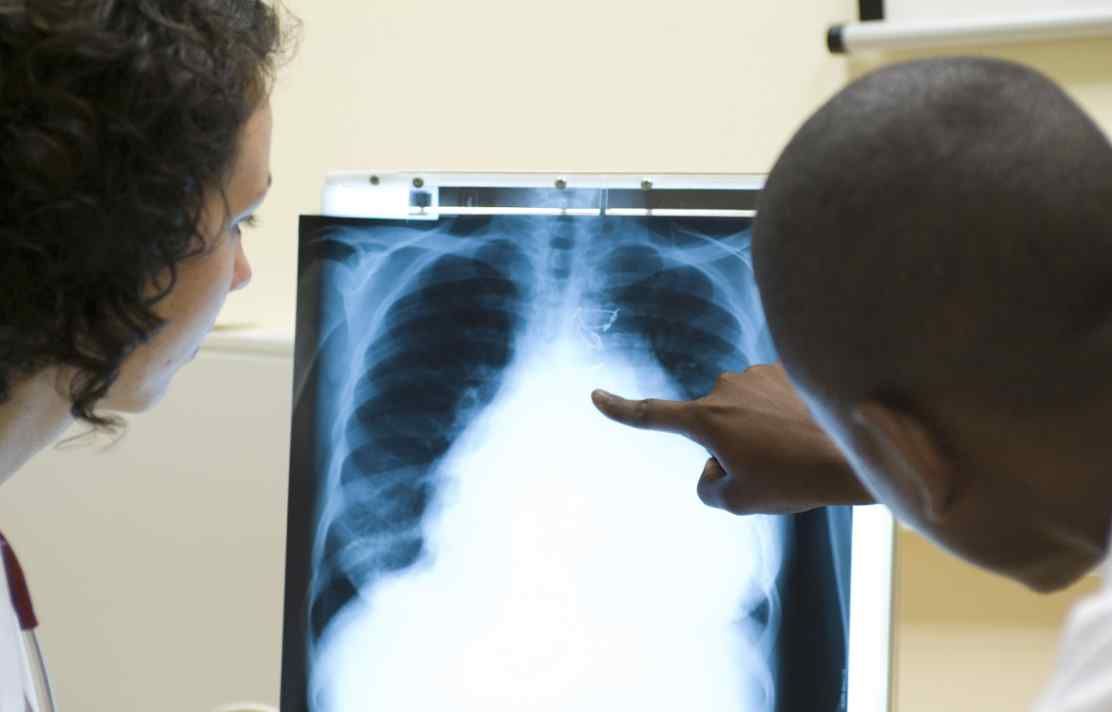BibTex format
@article{Park:2022:10.1186/s12879-022-07329-y,
author = {Park, M and Lalvani, A and Satta, G and Kon, OM},
doi = {10.1186/s12879-022-07329-y},
journal = {BMC Infectious Diseases},
pages = {1--10},
title = {Evaluating the clinical impact of routine whole genome sequencing in tuberculosis treatment decisions and the issue of isoniazid mono-resistance},
url = {http://dx.doi.org/10.1186/s12879-022-07329-y},
volume = {22},
year = {2022}
}
